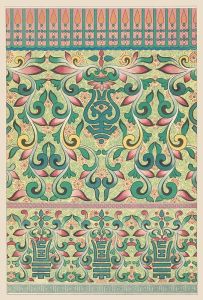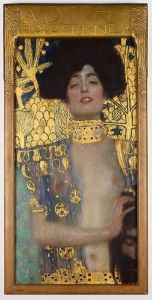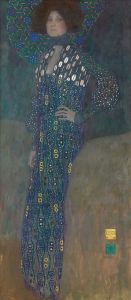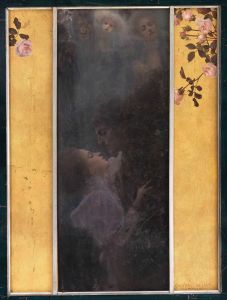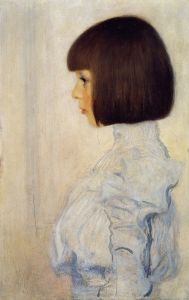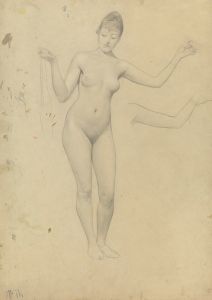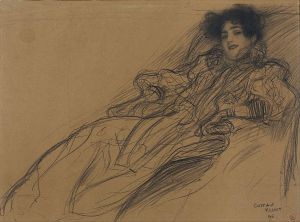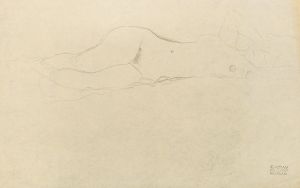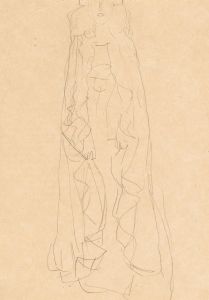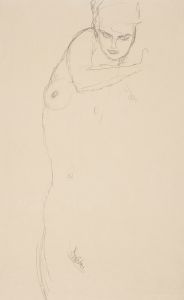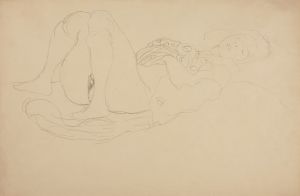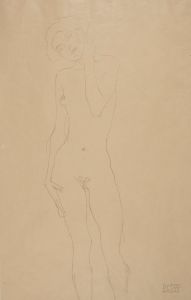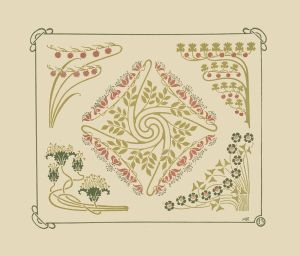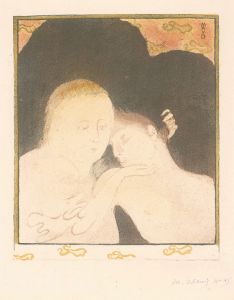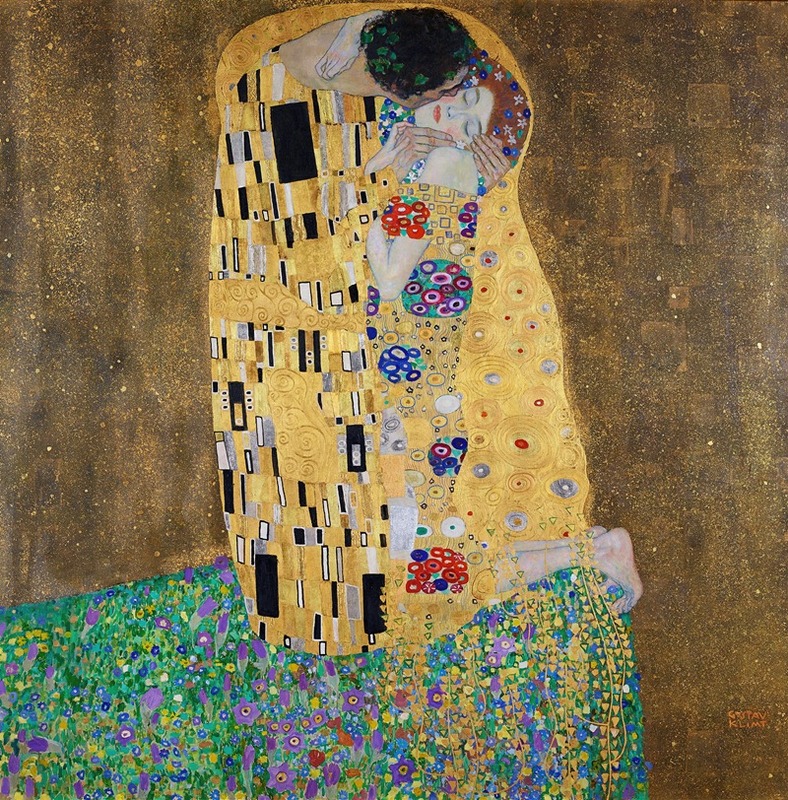
The kiss
A hand-painted replica of Gustav Klimt’s masterpiece The kiss, meticulously crafted by professional artists to capture the true essence of the original. Each piece is created with museum-quality canvas and rare mineral pigments, carefully painted by experienced artists with delicate brushstrokes and rich, layered colors to perfectly recreate the texture of the original artwork. Unlike machine-printed reproductions, this hand-painted version brings the painting to life, infused with the artist’s emotions and skill in every stroke. Whether for personal collection or home decoration, it instantly elevates the artistic atmosphere of any space.
"The Kiss" is an iconic painting by the Austrian Symbolist painter Gustav Klimt, created between 1907 and 1908 during the height of what is referred to as his "Golden Period." This period is characterized by the use of gold leaf in his works, which adds a shimmering, luxurious quality to his paintings. "The Kiss" is one of Klimt's most famous works and is considered a masterpiece of early 20th-century art.
The painting depicts a couple locked in an intimate embrace, their bodies entwined in elaborate robes adorned with golden patterns. The male figure is shown bending over the female figure, holding her face gently as he kisses her cheek. The female figure seems to be kneeling, her eyes closed, and her expression serene, suggesting a sense of surrender and bliss. The background of the painting is a shimmering gold, which creates a sense of otherworldliness and timelessness.
Klimt's use of gold leaf in "The Kiss" is reminiscent of Byzantine art, which he admired for its opulence and spiritual intensity. The intricate patterns on the robes of the figures are also influenced by the Arts and Crafts movement and the organic forms of Art Nouveau, both of which were popular during Klimt's time. The painting's composition is dominated by a sense of unity and harmony, with the figures almost merging into one another and into the background, symbolizing the transcendence of individual identity through love.
"The Kiss" was first exhibited in 1908 at the Kunstschau art exhibition in Vienna, where it was met with critical acclaim. It was purchased by the Austrian government even before the exhibition ended, highlighting its immediate impact and significance. Today, the painting is housed in the Österreichische Galerie Belvedere museum in Vienna, where it continues to draw large numbers of visitors from around the world.
Klimt's work, including "The Kiss," is often associated with themes of love, sexuality, and the exploration of the human psyche. His style is marked by a combination of symbolic imagery and a decorative approach, which together create a sense of mystery and allure. "The Kiss" exemplifies these characteristics, with its rich symbolism and the sensuality of the depicted embrace.
The painting is also notable for its exploration of the relationship between the masculine and the feminine. The male figure is depicted with geometric patterns on his robe, while the female figure's robe is adorned with organic, floral motifs. This contrast highlights the complementary nature of the two figures, suggesting a balance between strength and softness, logic and emotion.
In summary, "The Kiss" by Gustav Klimt is a celebrated work of art that captures the essence of love and intimacy through its use of gold, intricate patterns, and symbolic imagery. It remains a testament to Klimt's artistic vision and his ability to convey complex emotions through his unique style. The painting's enduring popularity is a testament to its universal appeal and its ability to resonate with viewers across different cultures and generations.





